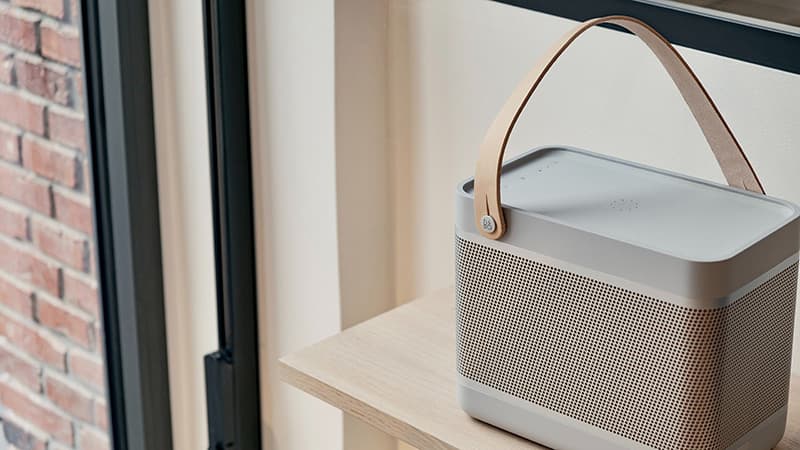Cyanotype Toning - Annette Golaz

Dieses Buch ist erst in englischer Version erhältlich.
"This book is fantastic and timely. The writing style is clear and articulate, and it is extremely well researched and organized. The appendices are extensive and full of valuable information on paper and plant choices. As an artist/educator who teaches plant-based printing, I will be adding this to my toolbox!"
Anne Eder, Penumbra Foundation NYC and Harvard University Ceramics Program
Summary
Cyanotype is the most accessible and frequently used of all the alternative photographic processes. When utilized properly, it has the potential to rival other processes when it comes to detail and tonal range, but its Prussian blue color isn t always suitable for the final photograph. Throughout history, cyanotype prints have been toned not only with various-and at times hazardous-chemicals but also with more natural ingredients like tea and coffee. Since the cyanotype itself is non-toxic, Cyanotype Toning will champion an innovative process, developed by the author, of toning cyanotypes with natural material. This process, which is easy and reliable, offers a much broader range of possible colors and even beautiful black and whites. Even duotone or tricolor prints can be attained.
The book consists of two parts. Part One is a step-by-step how-to section including all the information that a student at any level needs to achieve a successfully toned print. Easy-to-understand background information is provided on how and why the process works so that readers can venture on their own into the world of natural colors. The first part also has a detailed section on all the factors that can influence the outcome, like paper choice, water quality, properties of the plants, temperature of the bath and the duration of the toning. Part Two is devoted to contemporary artists who have explored toning with botanicals and integrated the process into their creative practice.
The book includes:
- A list of equipment and supplies needed.
- In depth information about useful plants and the specific properties that make them suitable for toning cyanotypes.
- Concise step-by-step instructions for printing cyanotypes successfully.
- A chart of more than 60 tested papers with recommendations on paper choice.
- Step-by-step generic instructions on toning with botanicals.
- Troubleshooting toning with botanicals.
- More detailed recipes for specific colors with information about the plants.
- Step-by-step instructions on how to print duotone and tricolor prints.
- A range of creative ideas on how to use the process in classrooms and with different age groups.
- A comprehensive list of more than 380 tested parts of plants and possible color outcomes.
Using botanicals to tone cyanotypes broadens the color spectrum, enlarges creative possibilities and makes the cyanotype process even more versatile. The process is not cut and dried science but a limitless field for discovery and surprises. Cyanotype Toning provides accessible information and instructions for readers at all levels. It is comprehensive and explanatory, so that readers can expand on the subject on their own, as did the contemporary artists who share their experiences and the works they have created using this innovative toning process.
About the Author:
Swiss photographer Annette Golaz captures the poetry of everyday life and the beauty of nature in her work, often consisting of contrasts and conflicting layers. Golaz experiments with a variety of 19th century photographic processes plus more modern outdated cameras, for example a 20-year-old Apple digital device with 0.3 megapixels. She has exhibited her work in Switzerland and the USA. She is also head of photography of a Swiss publishing house for cookery books and is the editor of a food magazine. To see more of her work, visit www.agolaz.ch.
Weitere Informationen und Anleitungen findet man in unserer Sammlung von technischen Unterlagen.

To install this Web App in your iPhone/iPad press
![]() and then Add to Home Screen.
and then Add to Home Screen.

